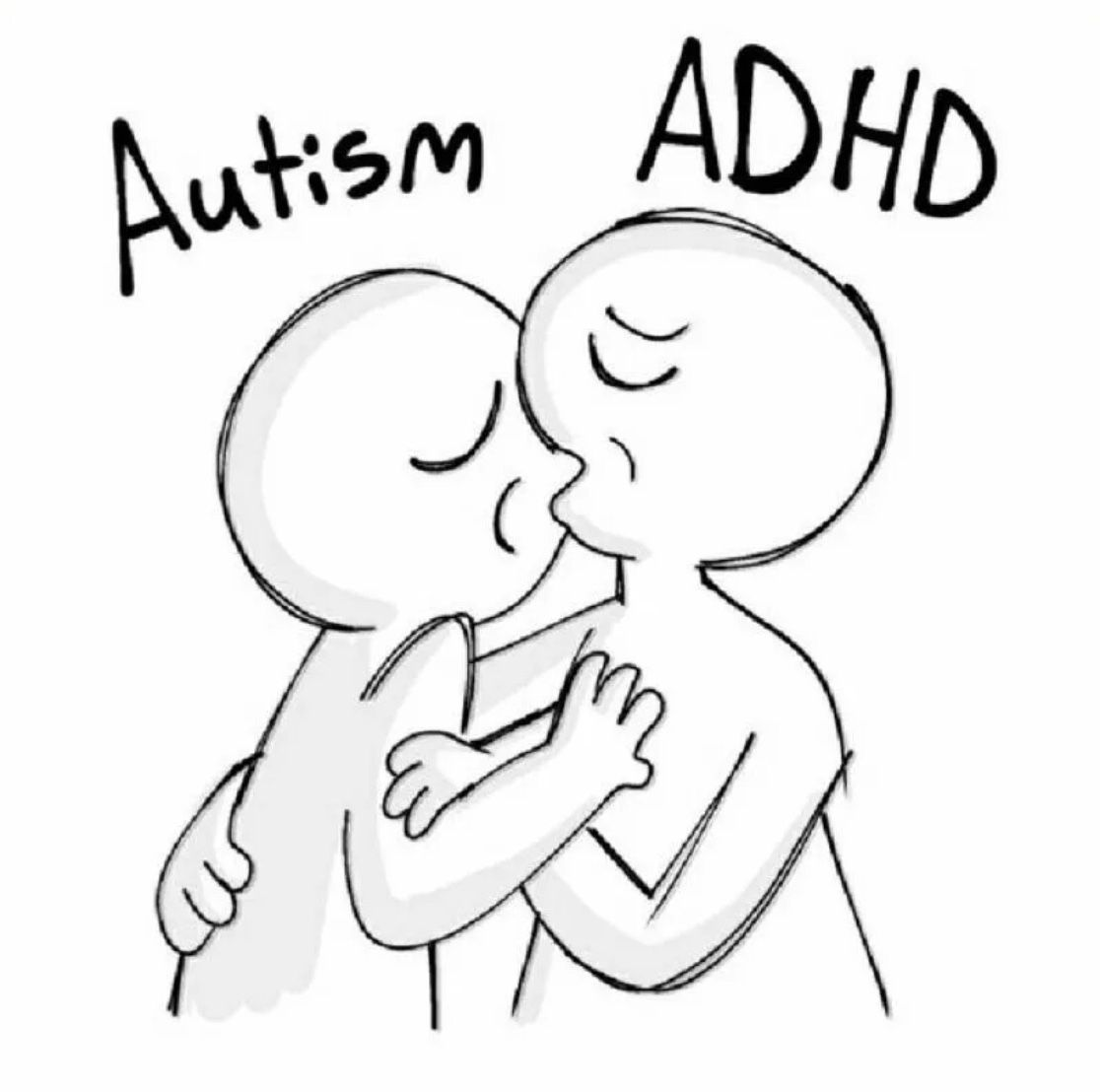ADHD, ASD and AuDHD
Editor’s Note: HELEN Journal has covered many aspects of both Autism and Attention-Deficit Hyperactivity Disorders. Following is a comparison of the different primary characteristics—and how the two conditions can be co-occurring disorders.
Autism Spectrum Disorder (ASD) and Attention-Deficit/Hyperactivity Disorder (ADHD) are distinct neurodevelopmental conditions with different primary characteristics, although they often co-occur and share some similar outward behaviors. The key difference lies in the core diagnostic criteria: autism is defined by significant challenges in social communication and interaction, along with restricted, repetitive behaviors and interests, while persistent patterns of inattention, hyperactivity, and impulsivity define ADHD.
—
FEATURE: Core Challenges
AUTISM (ASD): Social communication/interaction, and repetitive/restricted behaviors.
ADHD: Attention regulation, hyperactivity, and impulsivity.
--
FEATURE: Social Skills
AUTISM (ASD): May have difficulty understanding social cues and nonverbal communication (e.g., eye contact, body language).
ADHD: Aware of social norms but may struggle to follow them due to inattention or impulsivity (e.g., interrupting).
--
FEATURE: Routines
AUTISM (ASD): Often requires strict routines and sameness for comfort and predictability; changes can be very distressing.
ADHD: Struggles with maintaining routines due to executive function deficits; often seeks novelty and can get bored easily.
--
FEATURE: Focus/Interests
AUTISM (ASD): Tends to have intense, long-term focus on specific, often niche, interests that are a core part of their identity.
ADHD: May "hyperfocus" on preferred tasks (interest-based attention) but generally struggles with sustained attention on non-preferred tasks.
--
FEATURE: Movement
AUTISM (ASD): May engage in self-soothing repetitive movements (stimming) like hand-flapping or rocking to manage sensory input.
ADHD: May be generally fidgety or restless due to excess energy, as a way to maintain focus.
--
FEATURE: Sensory Input
AUTISM (ASD): Often has heightened or reduced sensory sensitivities (e.g., sensitivity to sounds, textures, lighting).
ADHD: May overreact to some sensory input or seek constant stimulation.
Summary of Key Differences in the "Why"
The root causes behind similar behaviors often differ between the two conditions:
* Social Difficulty: An autistic person may have social challenges because their brain processes social information differently and they lack the innate "social knowledge". A person with ADHD might miss social cues because their attention has drifted or they speak impulsively without thinking.
* Attention Issues: Inattention in autism may stem from being intensely focused on an internal interest or feeling overwhelmed by external stimuli. In ADHD, it is a core deficit in sustained attention and executive function, making it difficult to maintain focus and organize tasks generally.
* Repetitive Behaviors: Stimming in autism is often for emotional and sensory self-regulation. Fidgeting in ADHD is typically a way to release excess energy and help with attention regulation when under-stimulated.
It is important to note that many individuals can have both conditions, which is sometimes referred to informally as "AuDHD". In such cases, symptoms of both conditions interact, leading to a unique presentation. A qualified healthcare professional can provide an accurate diagnosis and an appropriate support plan.


